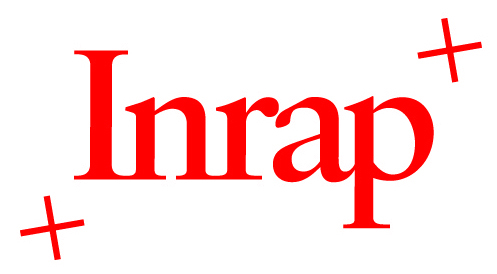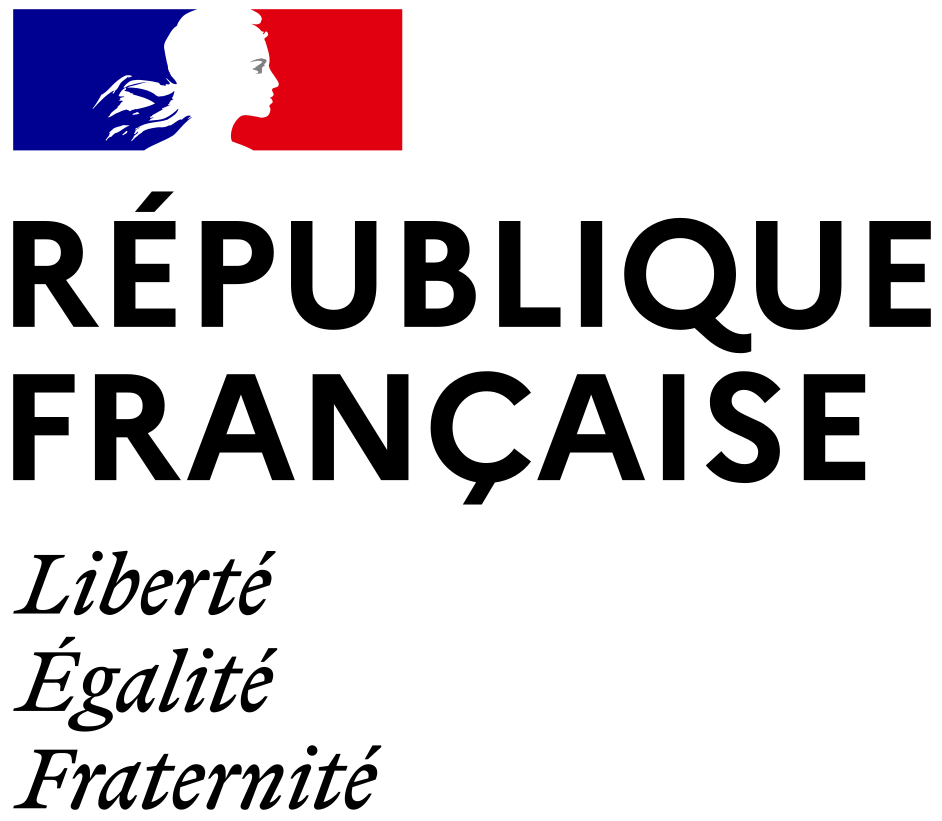Livestock and the Early Medieval Diet in Northern Gaul
Résumé
Animals played an important role in Merovingian rural society, but it is only recently that archaeo-osteology has made it possible to think about diet and animal husbandry in a more nuanced way. The number of animals relative to population varied significantly over time and by region, but cattle were prominent. Their high representation among livestock owed much to their multifunctionality during their lifetimes, and after death. The place of pigs was somewhat less secure, with a decline during the Merovingian period and new prominence in the Carolingian era. Ovicaprids likewise occupied a relatively marginal place in the Gallo-Roman and Merovingian periods but gained an increasingly influential space in early medieval diets during the Carolingian era. Once Gallo-Roman techniques of mass butchery disappeared, and there was a break in the chain of the artisanal handling of beef caused by the ruralization of society (which made the movement of animals and their products over distances more difficult), human diets changed in northern Gaul and were further supplemented through wild game and birds provisioned through hunting.

